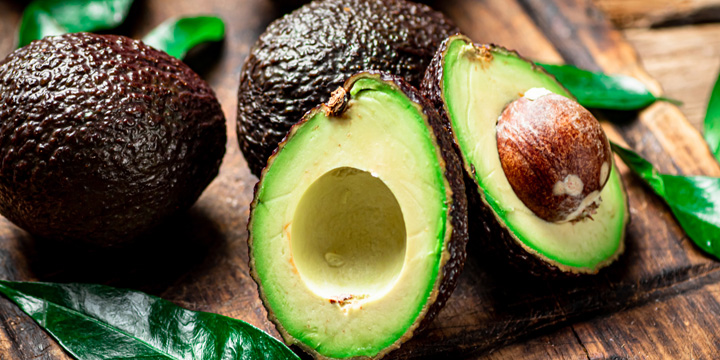
Besides keeping vampires at bay, garlic has been touted to be an immune and overall health booster for centuries. But research is also showing that garlic may be a way to reduce blood sugar levels and other diabetes-related complications.
What are the benefits of eating garlic with diabetes?
Several studies suggest that consuming moderate amounts of garlic (at least one clove or equivalent daily) when you have type 2 diabetes, can help regulate your blood sugar levels and improve insulin sensitivity. Results from nine studies looking at garlic and diabetes showed a significant reduction in fasting blood glucose (sugar) within 1-2 weeks in the group taking 0.05-1.5g of garlic supplement daily. Additionally, A1C was significantly reduced by week 12. Garlic consumption was also shown to reduce LDL (bad) cholesterol and increase HDL (good) cholesterol.
Garlic can also keep your heart healthier by reducing blood pressure, and may reduce risk of cardiovascular events (such as heart attack and stroke) in patients with high blood pressure.
Are there any side effects of too much garlic?
Health benefits aside, there are some things to consider if you’re planning to increase your garlic intake. While garlic is generally safe to consume, you’ll have to contend with its potent taste and odor—and your own lingering bad breath. Consuming too much of it can also cause a strong body odor too.
Garlic can contribute to heartburn, gas, nausea, vomiting, and diarrhea, especially if you consume it raw. It can also increase the risk of bleeding so it is not recommended a few weeks before surgery. As well, if you are taking a blood thinner, it is best to talk to your healthcare provider before consuming large amounts of it.
How can I add more garlic to my diet?
Still eager to add more garlic to your diet? Garlic is a good complement to many meals, particularly sauces, soups and other savoury dishes. If you don’t mind the strong taste, add finely chopped raw garlic cloves to your salads or other meals. It’s recommended to let chopped garlic sit for at least five minutes to enhance its health benefits. If you prefer your garlic a little mellower, sauté it in olive oil, or bake it in the oven before adding to your favourite meals.
What about garlic supplements?
If you can’t stomach additional garlic in your diet, a garlic supplement may be your next best bet.
Supplements may be especially useful for older adults who have a lower caloric intake or less control of their food choices, or for women who are pregnant who can’t stomach garlic in its natural form.
Find out more about who needs vitamin and mineral supplements here.
Also be sure to consult with your doctor or pharmacist to ensure that taking additional garlic won’t interfere with any of your other medications.
Keep in mind that the health benefits of garlic far outweigh its less than favourable odor. So if you have type 2 diabetes, consider adding a little extra garlic to your next meal. Your body will thank you.
Reference:


